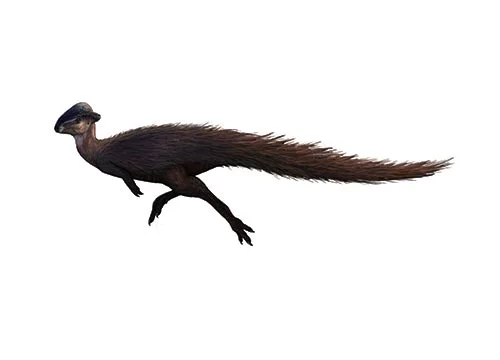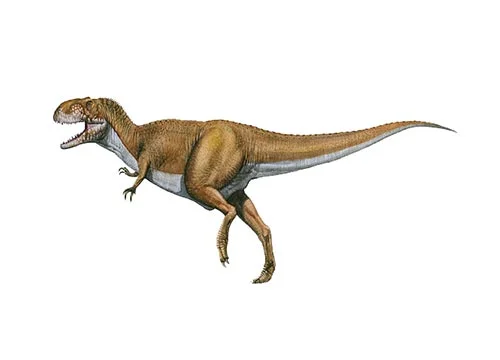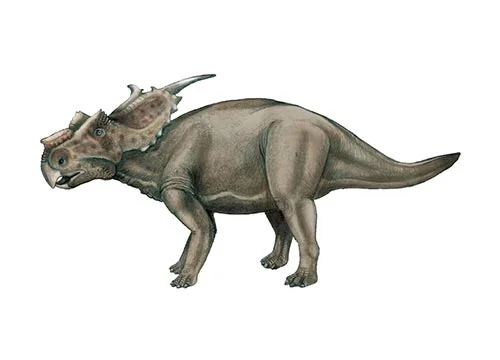Stegoceras (horned roof)

Steg-oh-seh-rass
Lawrence Lambe - 1902
Herbivore
Estimated 2 meters long
Euornithopod
S. validum (type), S. novomexicanum
Canada, Alberta - Belly River Group and Saskatchewan - Judith River Formation. USA, Montana - Hell Creek Formation, Judith River Formation, and New Mexico - Fruitland Formation - Kirtland Formation
Late Cretaceous, 77 million years ago
Stegoceras Facts
Stegoceras is a genus of pachycephalosaurid dinosaur that lived in what is now North America during the Late Cretaceous period, about 77 million years ago. The name “Stegoceras” means “horned roof”, referring to the dome-shaped structure on top of its skull.
Stegoceras was a relatively small dinosaur, measuring about 2 meters (6.5 feet) in length and weighing around 45 kilograms (100 pounds). It was bipedal and had a relatively large brain, which suggests that it was relatively intelligent compared to some other dinosaurs. Its most distinctive feature was the thick, domed structure on the top of its skull, which was up to 10 centimeters (4 inches) thick in some individuals.
Paleontologists believe that Stegoceras used its thick skull as a weapon, possibly for head-butting during intraspecific competition, or to defend against predators. Some specimens show signs of cranial injuries that may have been inflicted during such combat. In addition to its thick skull, Stegoceras had a relatively short, robust body and long hind legs, which suggest that it was adapted for running and agility.
Stegoceras is one of the best-known pachycephalosaurid dinosaurs, and its fossils have been found in many locations throughout western North America. Despite its relatively small size, it played an important role in the Late Cretaceous ecosystems of North America, and its distinctive skull has made it a popular subject for scientific research and popular culture alike.



